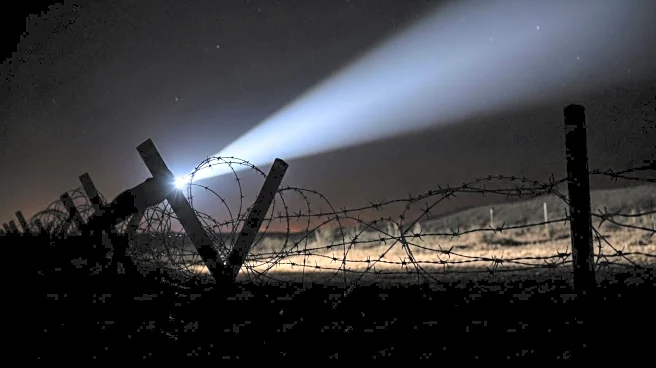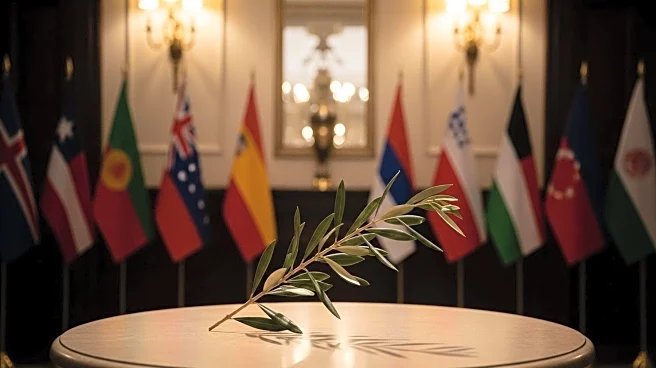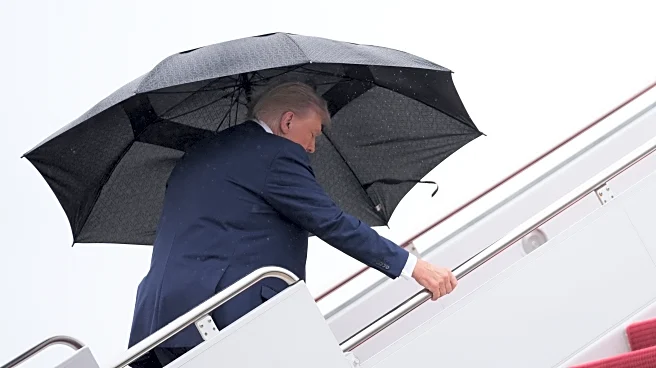What's Happening?
The ceasefire agreement between Hamas and Israel is under threat following the killing of five Palestinians by Israeli forces in Gaza City. The incident occurred in the Shujayea neighborhood, where Israeli troops opened fire on individuals approaching their positions, citing a breach of the ceasefire agreement. The ceasefire, which includes the return of Israeli captives and a phased withdrawal of Israeli troops, is meant to reduce hostilities and facilitate the reconstruction of Gaza. However, the killings highlight the fragility of the agreement and the challenges in maintaining peace.
Why It's Important?
The recent violence underscores the difficulties in implementing the ceasefire agreement and achieving lasting peace in the region. The incident could escalate tensions and lead to renewed hostilities, undermining diplomatic efforts. The situation is critical for the displaced Palestinian population attempting to return home, as stability is necessary for reconstruction and recovery. The international community, including the U.S., must address these challenges to support a sustainable resolution to the conflict.
What's Next?
The focus will be on ensuring compliance with the ceasefire agreement and addressing any violations. International mediators may need to intervene to prevent further violence and support the peace process. The situation remains volatile, and stakeholders must work to de-escalate tensions and promote dialogue between the parties involved. The success of the ceasefire is crucial for future negotiations and the long-term stability of the region.
Beyond the Headlines
The incident highlights the complexities of ceasefire agreements and the challenges of enforcing them in conflict zones. The situation raises questions about the role of international mediators and the effectiveness of diplomatic efforts in achieving peace. The broader implications for regional stability and international relations are significant, as the success or failure of the ceasefire could influence future diplomatic strategies and impact the perception of the parties involved.












